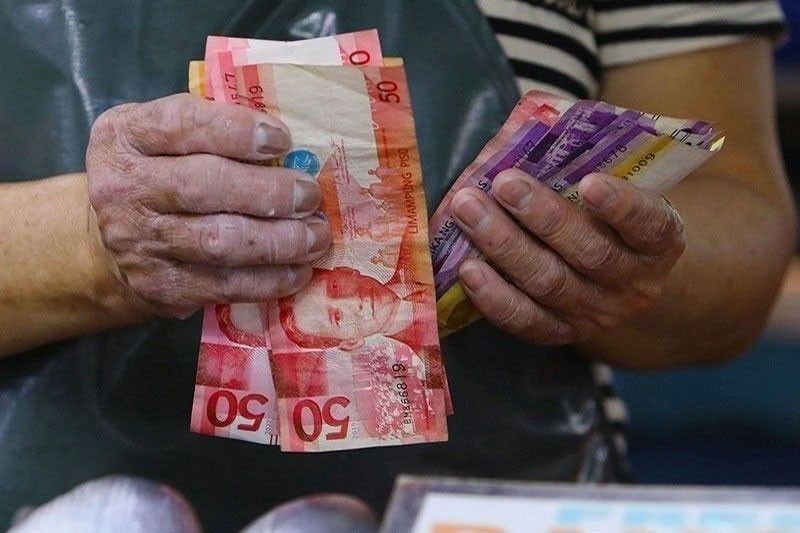
Upgrade to High-Speed Internet for only ₱1499/month!
Enjoy up to 100 Mbps fiber broadband, perfect for browsing, streaming, and gaming.
Visit Suniway.ph to learn
MANILA, Philippines — The Department of Budget and Management (DBM) and Department of Education (DepEd) signed a joint circular on Thursday, April 3, establishing guidelines for local government units to build over 300 daycare centers in underserved barangays.
This follows President Ferdinand Marcos Jr.’s March 4 directive for the DBM to prioritize funding childhood development centers in remote barangays, with a special focus on Mindanao and other low-income municipalities.
According to Malacañang, funding will come from the Local Government Support Fund Financial Assistance (LGSFFA) to LGUs. Eligible local government units can now apply for these funds.
The initiative addresses Republic Act 6972, which requires every barangay nationwide to establish at least one daycare center to support Filipino children during their crucial early development years.
Despite this mandate, the Early Childhood Care and Development Council (ECCD) reports that limited resources have prevented the full implementation of the law even 35 years after its enactment.
Priority funding for Mindanao
Around 3,800 barangays, nearly a tenth of all the barangays, have yet to build a CDC. There are 42,011 barangays in the country as of the end of 2024, according to the Philippine Statistics Authority (PSA).
“Too many children do not have the structured care that they need in their formative years. These challenges have been accumulating for the past 30 years and cannot be solved overnight. But that does not mean we should not begin,” Marcos said.
The project has identified 328 low-income barangays to receive priority funding for early childhood development initiatives. Mindanao will receive the largest share with 133 barangays, followed by Visayas with 106 and Luzon with 89.
During Thursday's press briefing, DepEd Secretary Sonny Angara explained that despite the legal mandate, many low-income municipalities have lacked the necessary funding for daycare centers.
He said this program will utilize P1 billion for over 300 daycare centers. It will target areas experiencing the highest hunger levels in the country.
What the centers are for. The centers will provide spaces for Filipino children to learn, play and read, while also serving as resource centers equipped with appropriate learning materials and laboratories for research, data gathering and innovations in early childhood education.
Angara expressed hope for increased funding to develop more daycare centers in disadvantaged areas in 2026.
“So, iyon ‘yung relation so that’s why we want to get more kids, more children doon sa daycare centers para mas maraming mapakain or mas maraming benepisyaryo iyong feeding program ng ating gobyerno,” he said.
(So, that's the relation, and that's why we want to get more kids, more children into the daycare centers so that more can be fed or there will be more beneficiaries for the government's feeding program.)
Other programs
Marcos also discussed related programs benefitting children. One is the Pantawid Pamilyang Pilipino Program (4Ps), which includes the First 1,000 Days cash grant, providing P350 monthly to pregnant women and toddlers.
Additional financial assistance is also available, including a P750 monthly health grant per household, P300 to P700 education grants per child for 10 months, and a P600 monthly rice subsidy.
The Department of Social Welfare and Development (DSWD) launched the program in February, with the pilot phase benefiting 68,000 mothers and children (ages zero to two).
The government is also running feeding programs aimed at providing children with at least one nutritious meal each day. Marcos highlighted the Walang Gutom program, which offers P3,000 in monthly food credits for vulnerable families.
According to UNICEF, the Philippines has faced challenges in delivering health and nutrition services to children, with nearly a third of children under five years old being stunted. Some regions experience even higher rates.
It also reported that 95 Filipino children in the country die from malnutrition every day. According to Nutrition International, poor nutrition costs the country P496 billion annually.
“To our LGUs, we need your full commitment to ensure the success of the project,” Marcos said, urging them to provide childhood development teachers and workers with the needed support and resources.
The government has allocated P80 million in scholarships for child development workers in the 2025 budget.
In February, Congress approved the Early Childhood Care and Development Act, which introduces measures to enhance the quality of early childhood education.
This follows findings from the Second Congressional Commission on Education (EDCOM 2), which revealed that only a quarter of Filipino children aged six to 12 months meet the recommended energy intake.

 2 months ago
19
2 months ago
19



